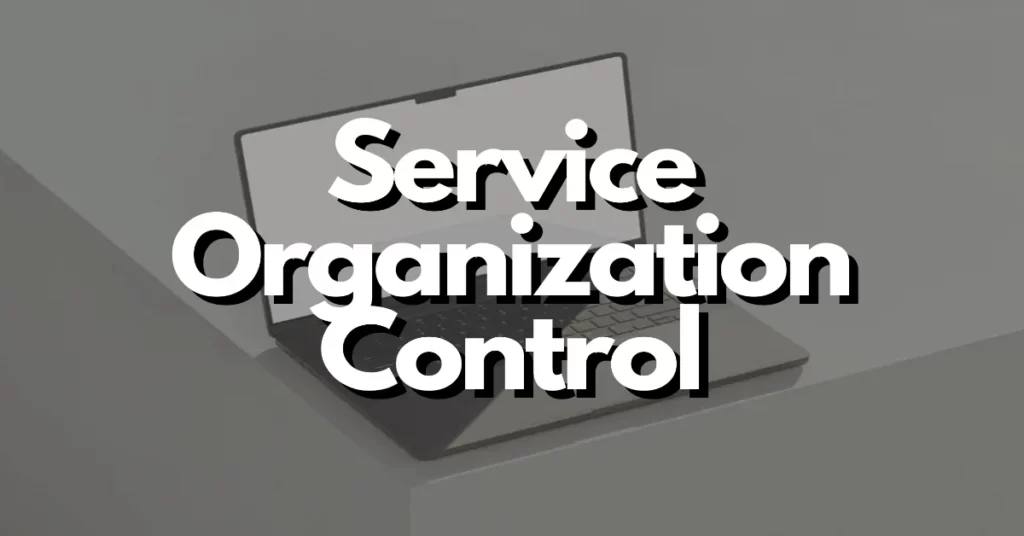The primary purpose of a service organization control (SOC) report is to help your service organization or company communicate information in regards to your controls. The report will be given by an independent service auditor (who must be a certified public accountant).
There are currently three primary types of SOC reports, and choosing which one is the best choice for your starting business is not the easiest task in the world.
This article will outline and discuss the three types of SOC reports for you so you can make a more educated choice on what the best one for your organization or company is.
Here are the three primary types of service organization control reports:
SOC 1 Report:
The first type of SOC report is the SOC 1 report.
You’ll need this report if your company specifically outsources services that impact the financial reporting of another company.
How the report would work is a user auditor would evaluate and give an opinion on the controls in your service organization on a specific data. Examples of what can be evaluated include network monitoring services, payroll processing, and data centers.
As far as who would use this report, it will most likely be used either by a service organization management or by the auditor of your businesses’s financial statements.
SOC 2 Report:
The next type of report is the SOC 2 report.
The main difference between the SOC 1 and the SOC 2 reports is SOC 1 focuses on the internal control of your company over financial reporting.
In contrast to this, SOC 2 focuses more on any non-financial controls you have. Examples can include confidentiality, data privacy, availability, and security. An SOC 2 report also covers a minimum six month period.
The SOC 2 report will use TSPs (Trust Service Principals) that can teach a user entity about your business processors that affect the above examples.
SOC 3 Report:
An SOC 3 report is very similar to an SOC 2 report in that it focuses on Trust Service Principals. The primary difference between it and an SOC 2, however, is that it is able to be freely distributed (the reason for this is because it simply reports whether the entity has met the TSP criteria).
A major difference between an SOC 3 and an SOC 1 or SOC 2 is there are no opinions or results included in the report. In the last four years, the SOC 3 has become a far less common option than either the SOC 1 or 2.
SOC Reports:
It can be a challenging task to decide which SOC report is the best choice for your company.
However, it could be that your company will benefit from more than just one SOC report, so don’t think that you’re limited to only one option. In several cases, organizations will often get both an SOC 1 and SOC 2 report but skip the SOC 3.

